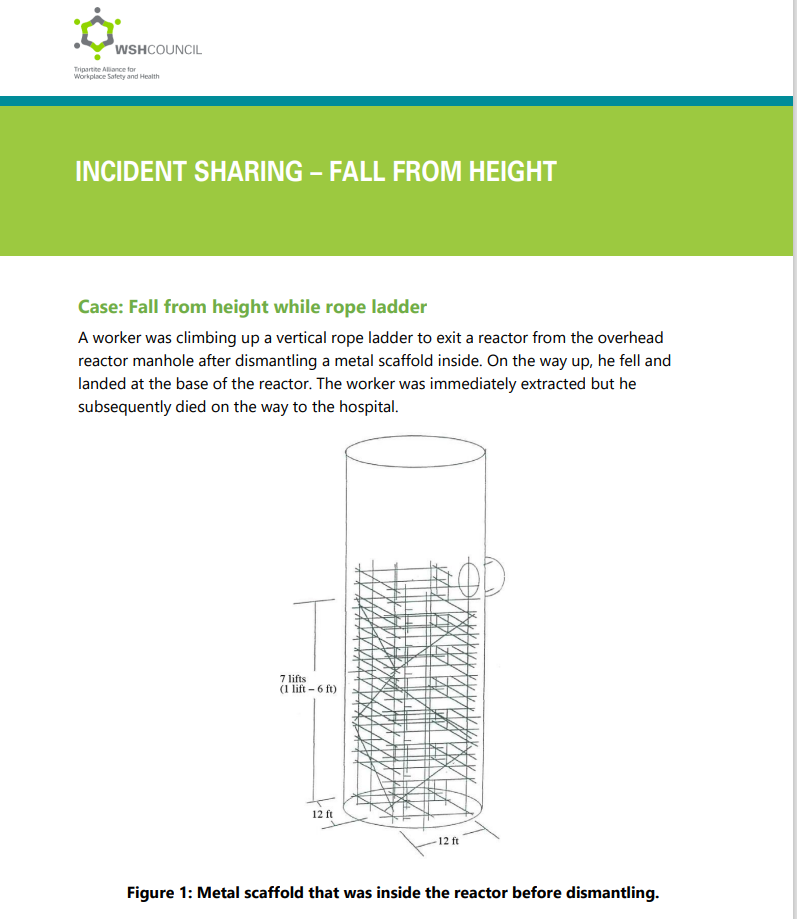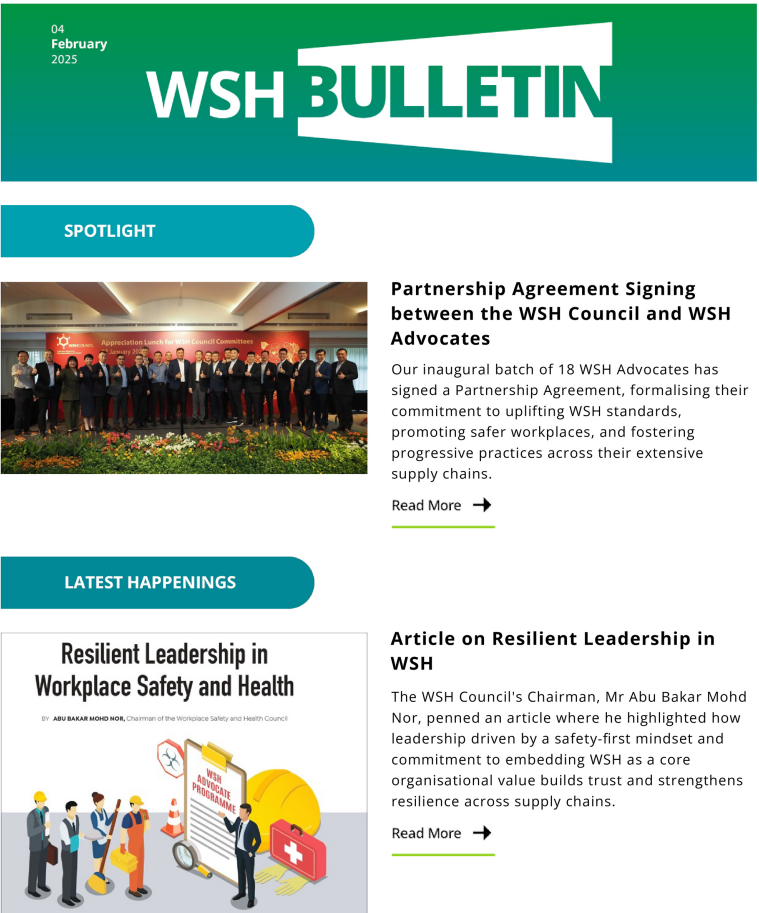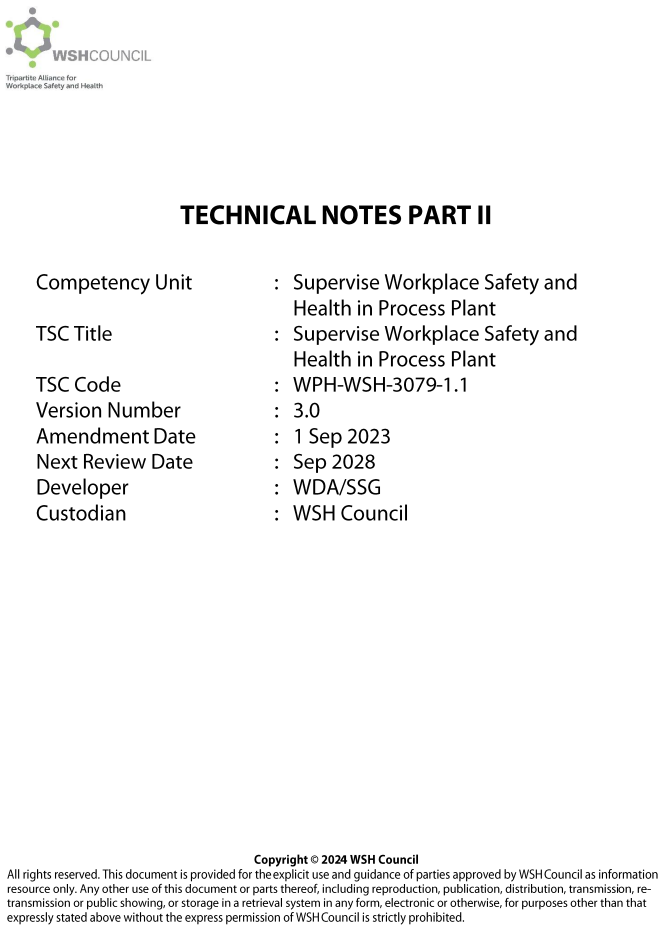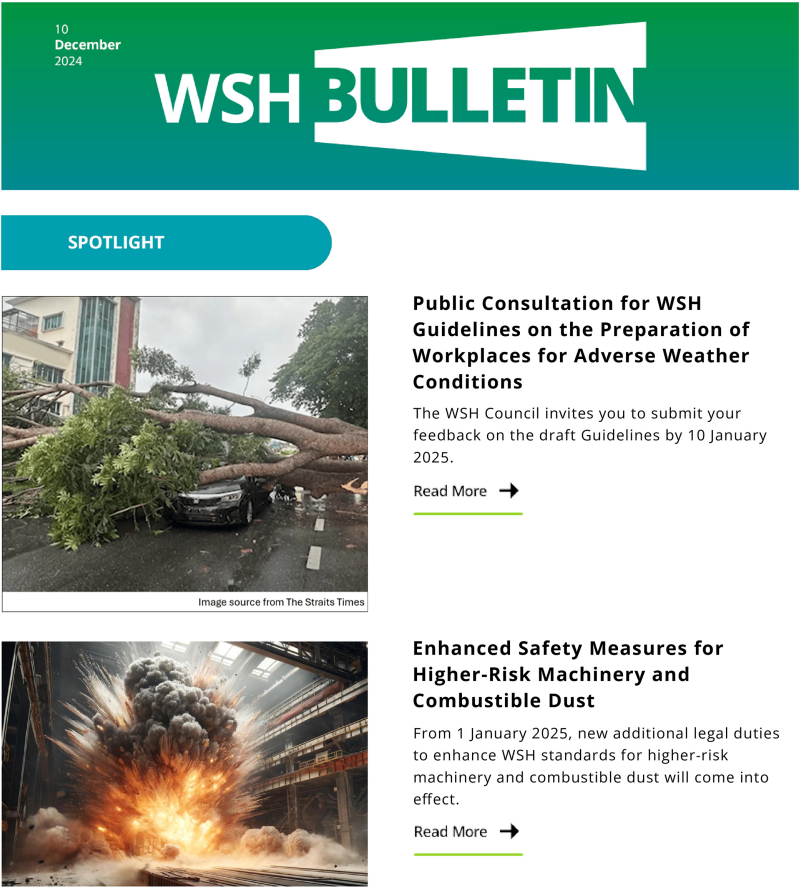Laboratory Safety
Learn best practices for the safe handling of chemicals in laboratories.
Laboratory Safety
It is important to handle chemicals safely in a laboratory, whether it is a commercial laboratory involved in quality control or a teaching laboratory in an educational institution.
Poor management of laboratory chemicals may lead to undesirable consequences such as:
- Fires;
- Chemical burns;
- Explosions;
- Occupational diseases;
- Chemical poisoning; and/or
- Environmental pollution.
Risk Control Measures
To ensure the safe handling of laboratory chemicals, consider the following risk control measures at each stage of the chemical's life cycle.
|
Life Cycle Stage |
Examples of Risk Control Measures |
|
Procurement |
|
|
Storage |
|
|
Transfer |
|
|
Usage |
|
|
Disposal |
|
For More Information
Refer to the WSH Guidelines for Laboratories Handling Chemicals (PDF).






